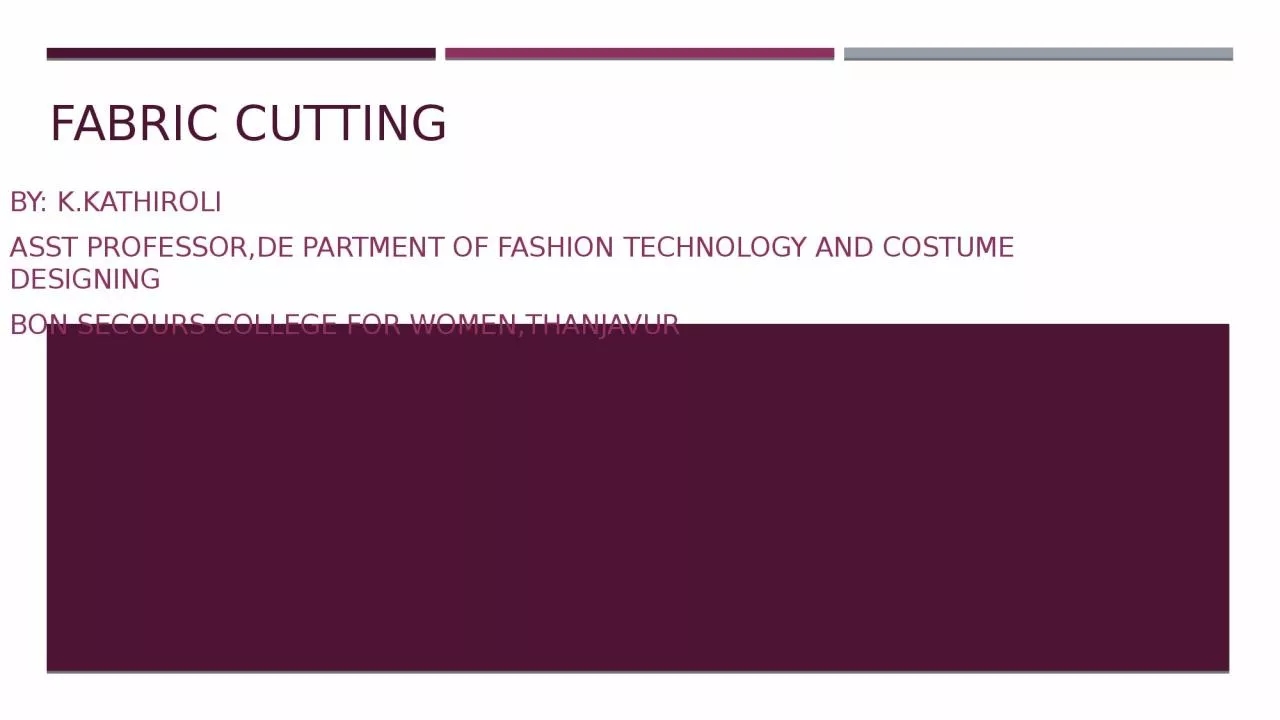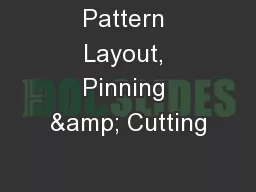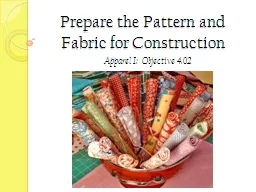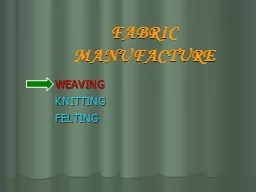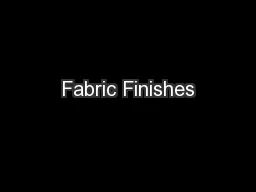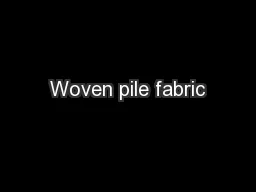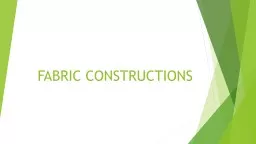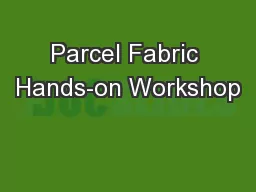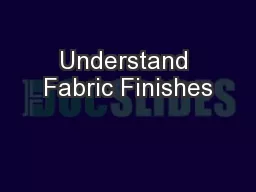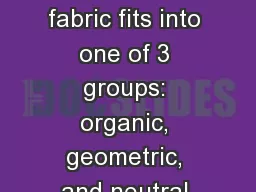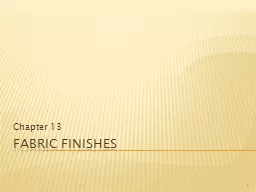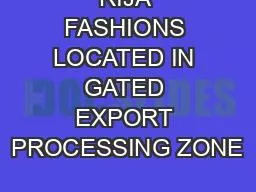PPT-Fabric cutting by : K.KATHIROLI
Author : summer | Published Date : 2023-09-20
ASST PROFESSORDE PARTMENT OF fashion technology and costum E DESIGNING BON SECOURS COLLEGE FOR WOMENTHANJAVUR Fabric cutting Cutting department is one of the
Presentation Embed Code
Download Presentation
Download Presentation The PPT/PDF document "Fabric cutting by : K.KATHIROLI" is the property of its rightful owner. Permission is granted to download and print the materials on this website for personal, non-commercial use only, and to display it on your personal computer provided you do not modify the materials and that you retain all copyright notices contained in the materials. By downloading content from our website, you accept the terms of this agreement.
Fabric cutting by : K.KATHIROLI: Transcript
Download Rules Of Document
"Fabric cutting by : K.KATHIROLI"The content belongs to its owner. You may download and print it for personal use, without modification, and keep all copyright notices. By downloading, you agree to these terms.
Related Documents

